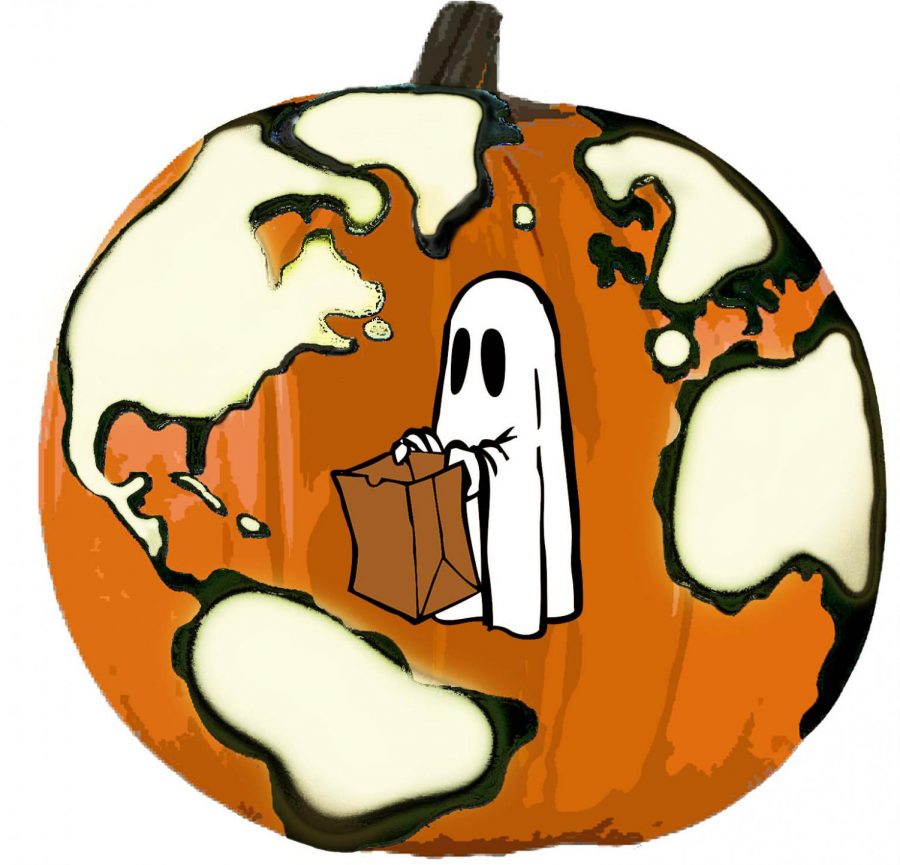Halloween Around the World
As the world becomes increasingly globalized, Halloween is growing into a more and more popular celebration abroad. In the United States, we celebrate Halloween with costumes, trick-or-treating, pumpkin carving, and plenty of ghost stories! However, many countries around our globe have created their own distinct Halloween traditions. By shedding light on the Halloween traditions throughout our world, we hope to highlight the various similarities that unite Halloween-enthusiasts everywhere!
Europe
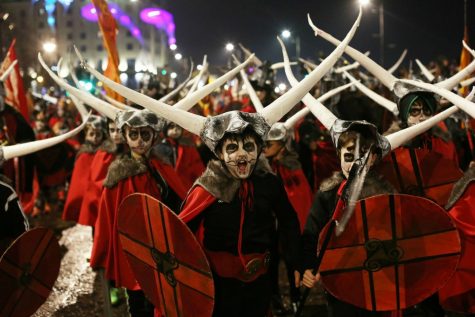 Many of the Halloween traditions we have today originate from Europe, dating back to the Celtics roughly 2,000 years ago. However, as Christian and Celtic beliefs merged and spread overseas, its traditions evolved in tandem, ranging from special meals to different traditions.
Many of the Halloween traditions we have today originate from Europe, dating back to the Celtics roughly 2,000 years ago. However, as Christian and Celtic beliefs merged and spread overseas, its traditions evolved in tandem, ranging from special meals to different traditions.
Though initially a Christian holiday, Halloween is a secular holiday in Europe and in America. In fact, some European countries, such as Ireland, have traditions similar to America, complete with trick-or-treating and wearing costumes. Additionally, due to Europe’s rich culture, Europeans host Halloween with its various historical landmarks, such as the London Dungeon, Scotland’s Edinburgh Dungeon, and Transylvania’s castles and Dracula’s former home.
Not only does Europe celebrate their traditions using historical landmarks, but they also celebrate Halloween with contemporary institutions. Not unlike America, France’s Disneyland Paris has a special celebration for Halloween which includes Disney villains “sneaking around [the] selfie spots” and Halloween activities for trick-or-treating and picture-taking with Disney heroes.
Africa
While Halloween in Africa may seem absurd, the largely American-associated tradition has made its way into the continent. The most primary obstacle for a culture absorbing Halloween is that the tradition typically requires the majority of the community to participate. However, along with the traditional trick-or-treating existing in some areas, Africa also has a series of similar traditions celebrated.
First, Egungun is celebrated in Southwestern Nigeria. This festival explores the concept of masqueraders (masked personnel) who have been sent by God with the power to communicate to ancestors and the dead. They raid the street with drumming and dancing and can technically be done by anyone, forming a massive parade in the streets.
Next, Egypt, the home of the mummies, celebrates a “Wag festival,” celebrating the death of Osiris, and, more recently, the souls who have recently passed on their voyage to the afterlife. In this tradition, Egyptians create paper boats, sending them westward in the Nile. More recently, this ritual has been accompanied by feasts with large amounts of wine.
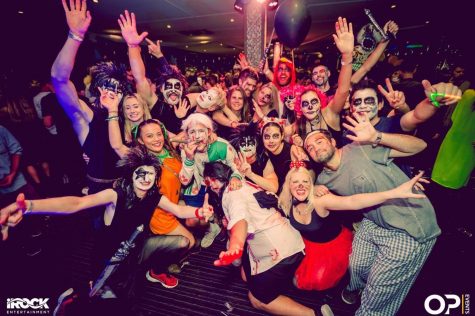 Australia
Australia
Halloween is by no means widespread in Australia. However, in regions where Halloween is celebrated, it often involves costumes, decorating houses, and the selling and buying of various Halloween-themed items, such as decorations, books, and clothing. Trick-or-treating is making way in some areas; however, more popular are ghost tours, hunts, and walks.
During Halloween, cities such as Sydney usually host a series of community events and activities related to Halloween. For example, Sydney hosted pumpkin carving at the Royal Botanical Garden in 2018. In addition, they also had a Halloween cruise, similar to a haunted house but on water, with the passengers dressing up in costumes. Certain community locations, such as Centennial Park, were also open to trick-or-treating.
Asia
The United States has transformed Halloween into a commercial holiday filled with candy, tricks, and treats! However, Halloween was not always this way. It has its origins in Catholic Europe as a day to remember loved ones who have passed away. In Asia, the spirit of remembering the dead has lived on through their cultural traditions
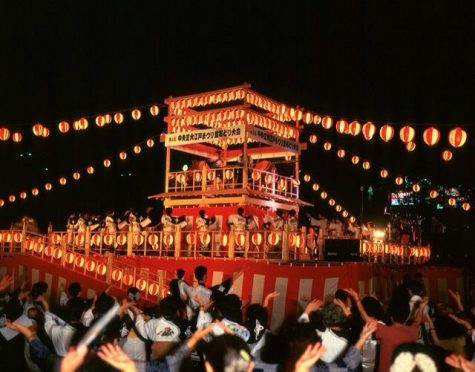 In both China and Hong Kong, they celebrate Zhong Yuan Jie or Yu Lan Jie, the Night of the Hungry Ghosts. Families and friends of the dead leave water and food as offerings, and lanterns are lit to lead their spirits, or pretas, across the living. Many visit Buddhist temples to leave paper boats that symbolize the pretas, as this act is used to pay homage to the dead and to free any restless souls who have not yet found their way to the next world. Pretas are believed to cause bad luck among the living, so Buddhist monks chant special incantations and prayers to send them on their way to the next world.
In both China and Hong Kong, they celebrate Zhong Yuan Jie or Yu Lan Jie, the Night of the Hungry Ghosts. Families and friends of the dead leave water and food as offerings, and lanterns are lit to lead their spirits, or pretas, across the living. Many visit Buddhist temples to leave paper boats that symbolize the pretas, as this act is used to pay homage to the dead and to free any restless souls who have not yet found their way to the next world. Pretas are believed to cause bad luck among the living, so Buddhist monks chant special incantations and prayers to send them on their way to the next world.
The Japanese participate in a similar tradition of paying homage to their dead loved ones on a holiday known as Obon. The night is showered in red as lanterns are hung from street corners to riverboats. Many hang red lanterns on their homes to guide dead spirits to their families. During the festival, the Japanese clean memorials and visit the birthplaces of their dead loved ones, hoping to connect with the dead spirits as they return home.
Filipinos celebrate a special holiday called Pangangaluluwa, which consists of costumed children traveling from door to door to sing and ask for prayers of those stuck in purgatory. This ritual has been growing less popular within the Philippines, as trick-or-treating has supplanted it. However, many areas within the Philippines have sought to keep this ritual alive for the sake of cultural remembrance.
Modern Halloween traditions have recently made their mark throughout Asia. In Japan, Hong Kong, and Singapore, children and adults alike will carve pumpkins, whereas, in Thailand and Vietnam, any sizable vegetable will do. Trick-or-treating and costume decorating are common, but decorations and bright lights are not as popular in Asia as they are in the United States. The grandest Halloween festivals of Asia are held in Tokyo with the Kawasaki parade where people show off their grandest Halloween costumes on this special day.
Americas
Like Asia and the Catholic areas of Europe, Mexico’s Día De Los Muertos is a celebration and homage to the souls of dead loved ones. According to Mexican tradition, the Gates of Heaven open up at midnight on October 31st and the souls of lost children return to Earth and reunite with their families for 24 hours. On November 1st, the souls of lost adults return and join the reunification with their Earth-bound families. Many families set up altars within their homes, filled with offerings for weary ghosts. These altars are filled with fruits, nuts, sodas, tortillas, and a special bread called pan de muerto. Candy and toys are left out for the souls of children, whereas cigarettes and shots of mezcal are left out for the souls of adults.
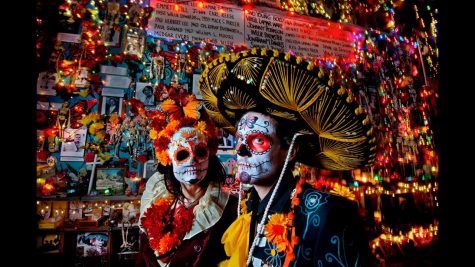 In Colombia, Halloween traditions have become increasingly Americanized. Bogota, the nation’s capital, is the primary location for Halloween celebrations. Massive festivals take place filled with plenty of tricks, treats, and costumes. The Moto Halloween Party is a very distinctive feature of Colombian Halloween where motorcycle enthusiasts from across the country travel to Cali to show off their costumes and ride their motorcycles throughout the city.
In Colombia, Halloween traditions have become increasingly Americanized. Bogota, the nation’s capital, is the primary location for Halloween celebrations. Massive festivals take place filled with plenty of tricks, treats, and costumes. The Moto Halloween Party is a very distinctive feature of Colombian Halloween where motorcycle enthusiasts from across the country travel to Cali to show off their costumes and ride their motorcycles throughout the city.
In both Chile and Brazil, Halloween is an autumn celebration within larger cities that embraces witches, costumes, pumpkin carving, and parties! It is typically non-religious and is accompanied by festivals and music. Both countries set up attractions on Halloween such as art exhibits, film screenings, and beer festivals.
In Peru, due to the painting called Lord of Miracles, or Señor de los Milagros, the traditional color of Halloween is purple, representing the supernatural and mystical, rather than orange and black. Many adults visit bars and restaurants for a Halloween drink, while children are often found on doorsteps chanting “Halloween.” Nowhere will you hear the word “trick-or-treat” in Peru, possibly due to Peru’s embrace of more traditional celebrations such as that of Señor de los Milagros.
Although undoubtedly, Halloween will be celebrated very differently this year, the global embrace and celebration of the Halloween traditions are enough to unite Halloween-enthusiasts across the world. Whether you’re participating in a socially distanced trick-or-treat, attending a Halloween party through Zoom, or dressing up for virtual costume contests, this would be a wonderful year to celebrate the various Halloween traditions throughout our globe.
Sources / Other Links You Can Check Out
- “12 Halloween Traditions From Around The World” by Rudie Obias
- “How is Halloween celebrated across Asia?” by UPB.
- “How Is Halloween Celebrated in South America” by Victoria D.
- https://worldpopulationreview.com/country-rankings/countries-that-celebrate-halloween
- https://www.tripsavvy.com/do-they-celebrate-halloween-in-europe-1507127
- https://face2faceafrica.com/article/5-african-festivals-to-celebrate-instead-of-halloween/1
- https://www.afar.com/magazine/better-than-halloween-the-most-unusual-fall-traditions-around-europe
- https://www.timeanddate.com/holidays/australia/halloween

Siona Manocha, a senior, has attended Keystone School since kindergarten. Through The Keynote, Siona employs the use of visual art and media to highlight...
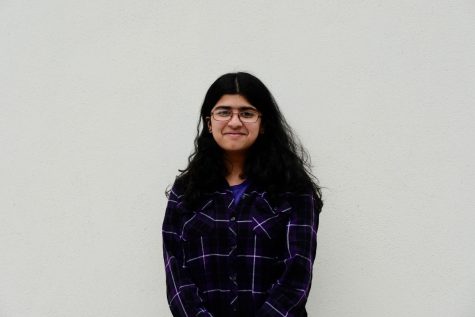
Shreya Chaudhary is a senior planning to major in data science or computer science. She interns with TigerGraph, promotes and tutors women in STEM through...

